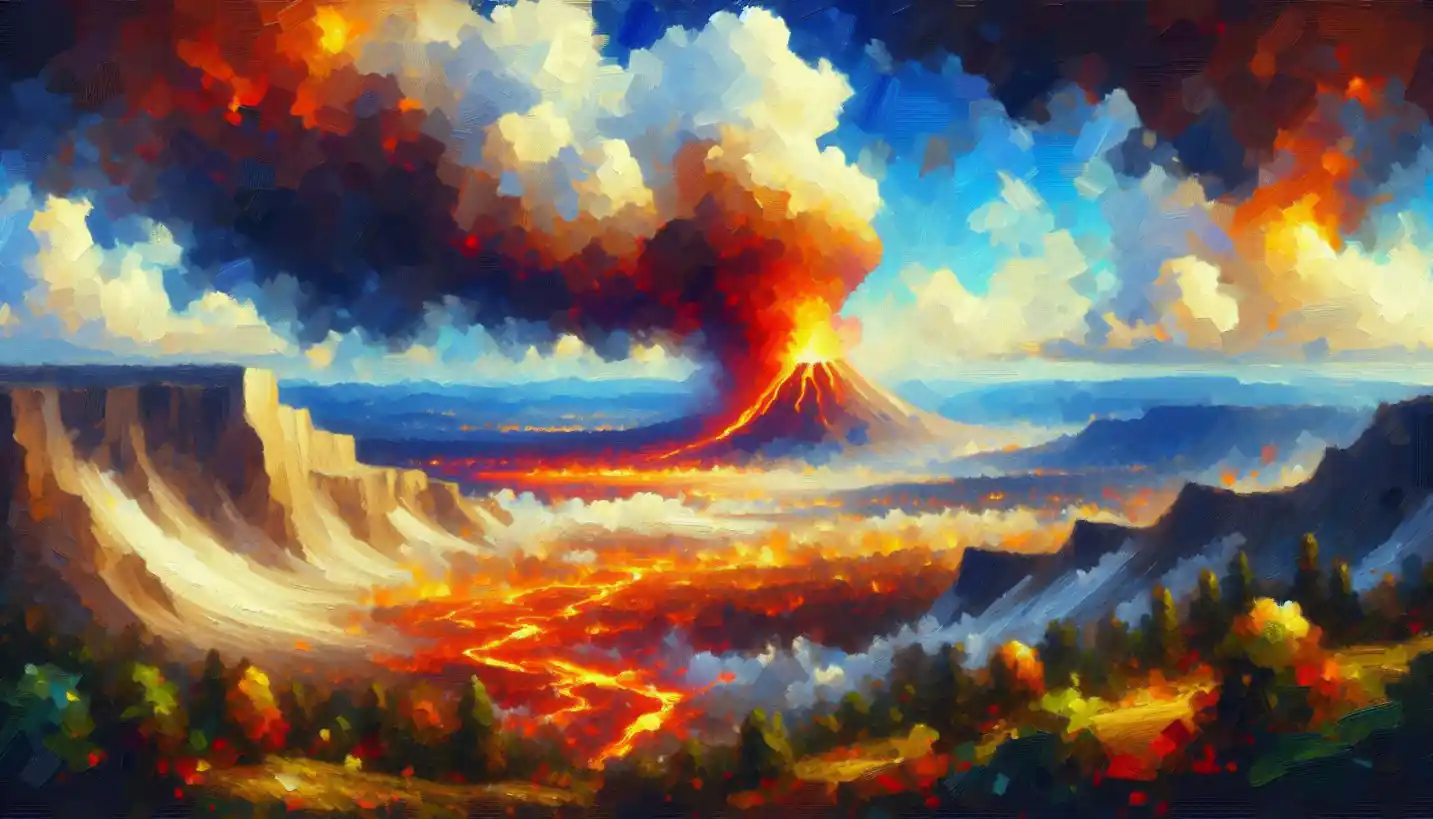· Geography · 4 min read
Centrifugal Forces in Political Geography: Understanding the Push and Pull of Nations
Centrifugal forces can tear a nation apart or push it forward. Understand the intricate dynamics influencing countries in this political geography exploration.

When we dive into the complex world of political geography, one term that often pops up is “centrifugal forces.” Now, this might sound like something out of a physics textbook, but in the realm of geography, it’s all about the factors that can push and pull countries apart.
In political geography, centrifugal forces are those elements that can lead to division and fragmentation within a state. They act like invisible hands pulling at the fabric of a nation, sometimes causing tension or even breaking points.
Understanding Centrifugal Forces
Centrifugal forces operate like an opposing force to “centripetal forces,” which work to bring things together. Imagine a world map where lines of tension ripple across borders—these are the footprints of centrifugal forces at play.
Centrifugal forces can come in different shapes and sizes. Think of them as ingredients in a recipe for discord. Language barriers, ethnic tensions, religious differences, and economic disparities can all act as centrifugal forces, threatening to pull nations apart.
Language and Ethnic Differences
Consider a country where multiple languages are spoken. It can be like playing a game of telephone, where messages get jumbled and misunderstandings are bound to happen. In countries with diverse ethnic populations, like Nigeria or India, language can be a powerful centrifugal force. Each ethnic group may have its own language, culture, and identity, leading to a desire for autonomy or separate governance.
Historical tales are full of such struggles. In Belgium, for instance, the linguistic divide between Dutch-speaking Flanders and French-speaking Wallonia has been a longstanding source of tension. These language-based divides can often make national policy-making a more complex puzzle to solve.
Religious Conflicts
Religion can also play a big part in dividing people. If you’ve ever seen two magnets repelling each other, you’ll get the idea. In regions where different religions coexist, conflicts can arise if one group feels marginalized. This push can be seen in places like Northern Ireland, where historical tensions between Catholics and Protestants have created political and social strife.
Economic Disparities
Imagine walking down a street lined with luxurious mansions on one side and crumbling shacks on the other. The stark contrast can lead to feelings of inequality and resentment. Economic disparities within a country can act as centrifugal forces, with wealth concentrated in certain areas while others languish. This economic imbalance often fuels demands for political change or even secession.
Look at Spain’s Catalonia region, where economic differences have driven a strong movement for independence. Catalonia has a robust economy, and many there have felt that it should have more control over its finances rather than being part of a broader Spanish system that, they argue, does not fairly distribute wealth.
Geographical Barriers
Sometimes, the land itself creates division. Rugged mountains, vast deserts, or dense forests can physically separate people, making communication and governance challenging. Take Afghanistan, for example, where the mountainous terrain has historically contributed to regional isolation and a fragmented political landscape.
How Centrifugal Forces Impact Countries
The impacts of centrifugal forces can vary. In some cases, these forces lead to complete breakups or the formation of new countries. A classic example is the dissolution of the Soviet Union, where a mix of ethnic, economic, and nationalistic centrifugal forces led to the emergence of multiple independent states.
In other situations, centrifugal forces might not result in a breakup but can still weaken a country. Political instability, civil unrest, and conflict are often byproducts. Countries with strong centrifugal forces must work hard to manage these tensions, often employing policies that promote inclusion, power-sharing, or even federalism to keep the nation intact.
Strategies to Mitigate Centrifugal Forces
To counteract the effects of centrifugal forces, many nations employ strategies aimed at strengthening national unity. These can include promoting a shared national identity through education and media, ensuring fair representation of all groups within the political system, and addressing economic disparities through targeted development programs.
In some cases, federal systems of governance help manage these tensions by granting autonomy to different regions while maintaining a unified national government. This approach can be seen in countries like the United States and Switzerland, where diverse groups coexist within a federal framework.
Future of Centrifugal Forces
As the world becomes more interconnected, the nature of centrifugal forces might evolve, but they won’t disappear. Globalization, climate change, and technological advancements might create new forms of division or exacerbate existing ones.
Imagine a future where access to technology or clean water is the dividing line. These new centrifugal forces could change the way nations operate, demanding innovative solutions and fresh perspectives.
Centrifugal forces are a fundamental part of political geography, shaping the world’s borders and the relationships within them. Understanding these forces helps us appreciate the complexity of geopolitics and the delicate balance that nations strive to maintain. As we look to the future, the challenge remains to manage these forces effectively, ensuring stability and harmony in an ever-changing world.



